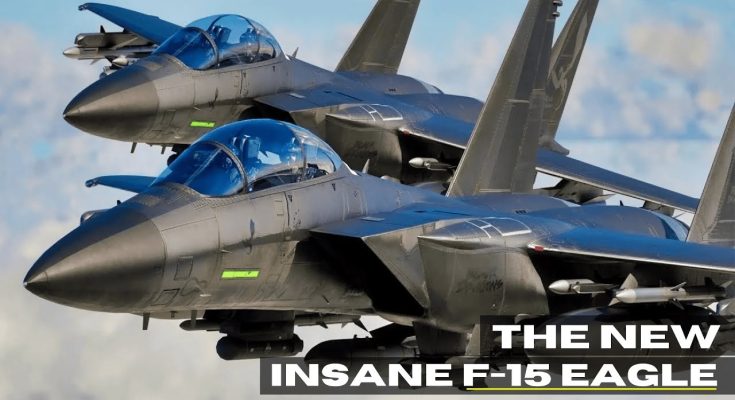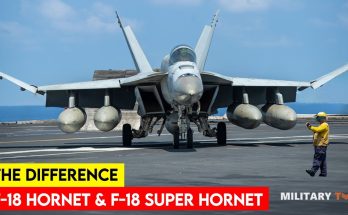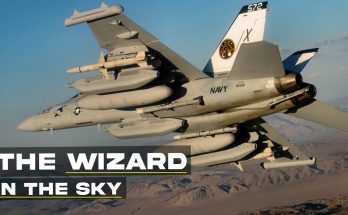The F-15 Eagle, introduced by McDonnell Douglas (now part of Boeing) in the 1970s, has proven to be one of the most effective and enduring fighter aircraft in the world. While newer fighter jets, such as the F-22 Raptor and F-35 Lightning II, have taken the spotlight in terms of cutting-edge technology, the F-15 remains a relevant and highly capable platform. This is especially true for its latest iteration, the F-15EX, which has been upgraded to meet the modern challenges of air combat. So, why does the F-15 continue to thrive after more than four decades? Here are the key reasons why this aircraft “never gets old.”
1. Proven Air Superiority
The F-15 was originally designed with a singular purpose: to achieve air superiority. It was built with a powerful combination of speed, agility, and advanced radar systems, making it capable of dominating the skies. The original F-15 made its mark in the 1970s and 1980s, scoring numerous kills in combat and proving itself in conflicts like the Gulf War. The F-15’s combat record remains one of the best in history, with over 100 confirmed aerial kills and no air-to-air combat losses.
The F-15EX is the latest variant of this legendary aircraft, retaining the core qualities that made the Eagle such a dominant fighter while incorporating modern technologies. It can perform air superiority missions just as effectively as it did when it was first introduced, ensuring that it remains a formidable force in the sky.
2. Continuous Upgrades
One of the key reasons the F-15 remains relevant is its ability to evolve. Over the years, the aircraft has undergone numerous upgrades in avionics, weapons systems, and airframe improvements, allowing it to stay competitive with newer fighter jets. The F-15EX, for example, comes equipped with advanced cockpit displays, modern radar systems, and next-generation electronic warfare capabilities. The introduction of AESA (Active Electronically Scanned Array) radar, improved weapons integration, and open-architecture systems has significantly enhanced the F-15EX’s operational capabilities.
Additionally, the F-15EX is designed to carry a wide range of modern weapons, including precision-guided munitions, air-to-air missiles, and air-to-ground ordnance. These enhancements allow the F-15EX to perform a broad range of missions, from air superiority to strike operations, ensuring it remains a versatile and lethal aircraft in modern combat.
3. Cost-Effectiveness
The F-15’s continued relevance is partly due to its cost-effectiveness. While the F-22 Raptor and F-35 Lightning II are superior in certain areas, they are also much more expensive to produce and maintain. The F-15EX, on the other hand, offers many of the advanced capabilities of newer fighters at a fraction of the cost. Its relatively low acquisition cost and ease of integration into existing air forces make it an attractive option for many countries.
For the U.S. Air Force, the F-15EX represents a cost-effective way to modernize and expand its fleet without sacrificing performance. The aircraft is able to fill critical roles within air combat while remaining affordable, especially when compared to the more expensive F-35.
4. Reliability and Durability
Another reason the F-15 continues to shine is its remarkable reliability and durability. The aircraft is built to last and has proven to be a dependable workhorse for the air forces that operate it. With regular upgrades and maintenance, the F-15 can remain in service for decades, offering exceptional value to operators. Its robust design and long lifespan mean that nations that have invested in the F-15 can rely on it for many years without worrying about obsolescence.
The F-15EX takes this durability to the next level, with enhanced airframe designs and systems that are easier to maintain. Its systems are designed with longevity in mind, and its modern components ensure it remains an integral part of the U.S. Air Force’s capabilities well into the future.
5. Versatility Across Missions
While the F-15 was initially designed for air superiority, it has evolved into a highly versatile aircraft capable of performing a wide range of missions. The F-15EX can conduct air-to-air missions, air-to-ground strike missions, and intelligence, surveillance, and reconnaissance (ISR) operations. This versatility allows it to be used in a variety of operational scenarios, from traditional dogfights to precision strikes against high-value targets.
The F-15’s ability to carry an extensive range of weapons and integrate with modern command-and-control systems allows it to perform in joint operations and contribute to a broader military strategy. Whether operating alongside stealthy fifth-generation fighters or supporting ground troops, the F-15EX is a key asset in modern military operations.
6. Proven Combat History and Global Presence
The F-15 has been a mainstay in the air forces of many nations. It has a solid reputation as a reliable, effective fighter that can perform under pressure. The F-15 has been deployed in combat zones around the world, proving its effectiveness in a variety of combat conditions. It has become an integral part of the U.S. Air Force and the air forces of countries like Saudi Arabia, Qatar, Japan, and South Korea. Its global presence and long-standing operational history help to maintain its reputation as a highly capable and reliable aircraft.
Conclusion
The F-15 Eagle is a fighter that refuses to be outdated. Its enduring success is a result of constant upgrades, exceptional performance, versatility, and unmatched combat history. With the introduction of the F-15EX, the aircraft continues to evolve, ensuring its place in modern air forces for years to come. Whether serving in air superiority, strike, or multi-role operations, the F-15 remains a timeless and vital part of any air force’s fleet. Its combination of reliability, adaptability, and cost-effectiveness guarantees that it will never truly “get old” in the world of combat aviation.



